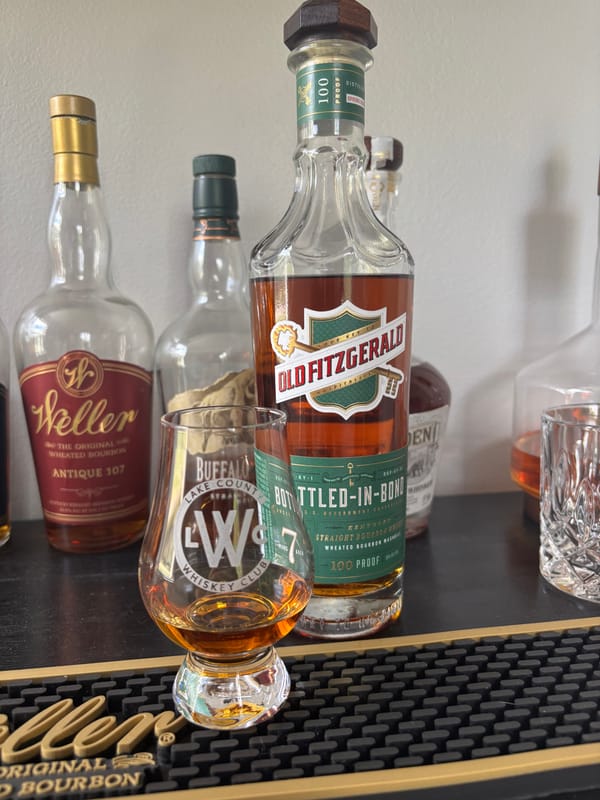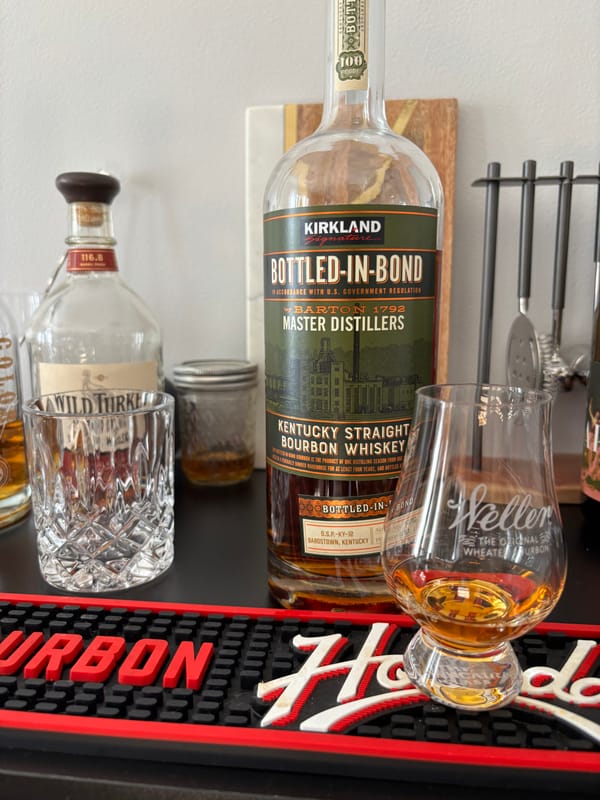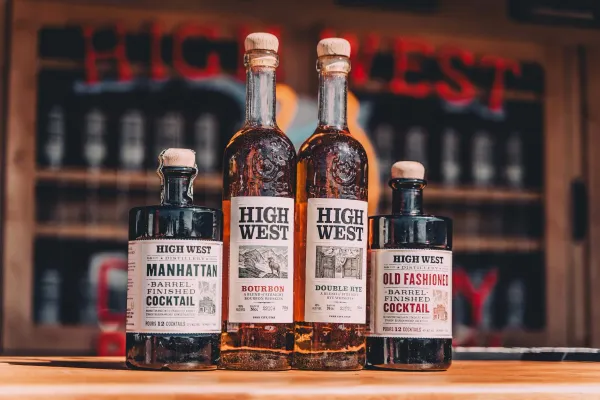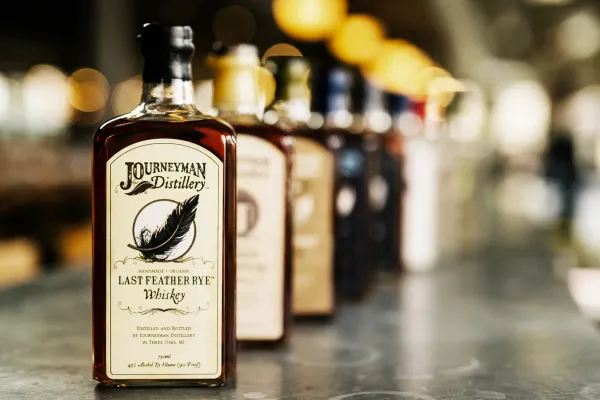Whiskey Label Disclosure Requirements Explained: The Truth You’ll Wish You’d Read Sooner

Whiskey Label Disclosure Requirements: The Whiskey Clarity You Can’t Miss
Whiskey label disclosure requirements aren’t just text. They’re the legal truths that reveal a bottle’s identity, origin, and strength. If you don’t know these rules, you’re missing the clarity that guides every purchase. For whiskey fans eager to read bottles right, this is the straight truth about whiskey label disclosure requirements, rooted in legal standards and craft, and a 2025 must-catch.
What Are Whiskey Label Disclosure Requirements?
U.S. law requires whiskey labels to state the type (e.g., bourbon, rye), alcohol content (proof, 80 minimum), net contents (e.g., 750ml), and country of origin (e.g., USA). Straight whiskey must note two-plus years of aging, and blended whiskey must disclose neutral spirit percentages. Scotch (Scotch Whisky Regulations 2009) labels single malt, blended, or age statements (three-plus years minimum). Irish whiskey (Irish Whiskey Act 1980) specifies single pot still or blended. Labels ensure transparency for whiskeys at 80-120 proof, reflecting production like fermentation (8-10% ABV in three to five days).
How Label Disclosures Shape Whiskey
U.S. bourbon labels confirm 51% corn and new charred oak, guaranteeing caramel notes post-aging (four to eight years). Scotch labels stating “12 years” ensure three-plus years in oak, delivering malty depth. Proof (e.g., 80 or 100) indicates dilution post-aging, affecting the intensity of flavors like rye’s spice or barley’s fruit. Origin labels (e.g., Kentucky, Scotland) tie to climate (20-100°F or 40-65°F), influencing evaporation (2-5% annually). Non-compliance risks mislabeling, misleading consumers about flavor or quality, with regulators enforcing accuracy.
Why Label Disclosures Matter for Your Sip
A bourbon labeled 80 proof with “Kentucky” origin ensures smooth toffee, while a Scotch labeled single malt at 86 proof delivers rich malt, per legal standards. Vague labels hide quality. Every label, backed by law, clarifies your whiskey’s truth, making your next bottle a confident choice.
Why Whiskey Label Disclosure Requirements Matter in 2025
Whiskey label disclosure requirements are your bottle’s truth teller. By 2025, understanding these rules could make every sip a clear taste of authenticity, from mild to bold. It’s the truth in the clarity, so don’t miss the label.
Check out NEAT: Whiskey Finder—it’ll help you track down bourbon and whiskey near you.





